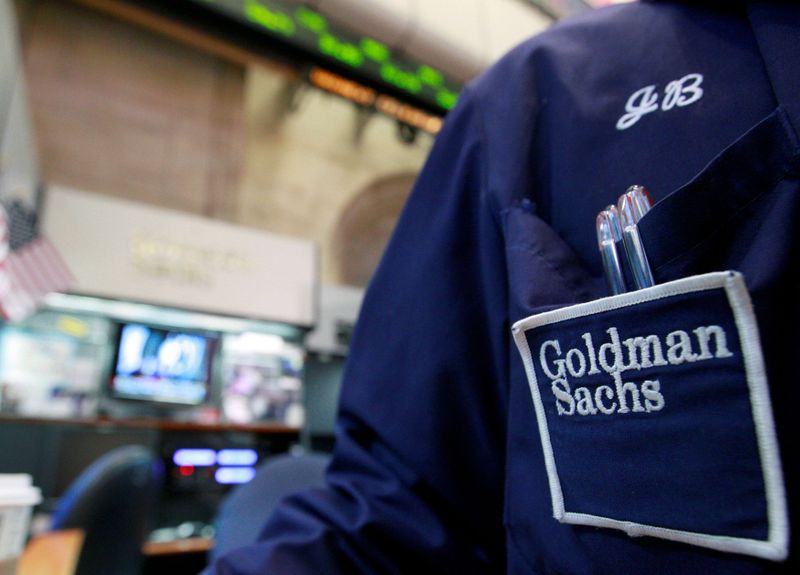Following a chaotic week in global markets, the worst of the sell-off might be over, but investors need to "keep the reins tight on big directional bets for now," Goldman Sachs strategists said in a recent note.
They described this week's market movements as "a global margin call."
"At its core, if the central force behind last week was a 'data trade,' this start of this week was a 'positioning trade' where the levered community was forced to cut risk,” strategists said.
As the week progressed, the intensity of the vicious feedback loop has clearly faded. To determine where the market heads next, Goldman Sachs believes the judgment rests on two core elements: the underlying trajectory of the economy relative to market pricing and the impact of recent events on investor sentiment.
Investors are struggling to assess whether the broad stock market meltdown, fueled by U.S. recession worries and the unwinding of yen-funded carry trades, is over. They are also adjusting to uncertainties around imminent Federal Reserve rate cuts and the upcoming U.S. elections in November.
This week's market rout stunned investors, with the S&P 500 down nearly 6% in just five trading days in August, and Japan's Nikkei falling 10% for the month. The yen has surged 10% from 38-year lows in a month.
Strategists caution that the trading community might not be fully cleansed of risk, with franchise flows and prime brokerage data not revealing significant selling, despite signs of substantial risk transfer.
"Fundamentally, the biggest judgment to now make is whether you see a recession coming -- or not,” the note states.
"We believe the July employment report overstates the rate at which the labor market is weakening -- and is NOT the start of a new trend."
For the markets, strategists expect that it would be a "show-me story" where the burden of proof lies with activity indicators to signal an end to the recent deceleration.
"The data set needs to convince market participants that things aren’t slowing any more than is currently priced, during which time the Fed needs to be on point," strategists wrote.
For the S&P 500, they found it challenging to make a strong claim on the risk-reward profile at this juncture.
They think investors should keep a cautious approach to big directional bets and instead focus on making money in the market's seams.
Both commodity trading advisers (CTAs) and vol-control funds are likely to remain in sell mode for a while longer, and retail investors may lack confidence until an upside trend is clearly reestablished, according to Goldman's note.
